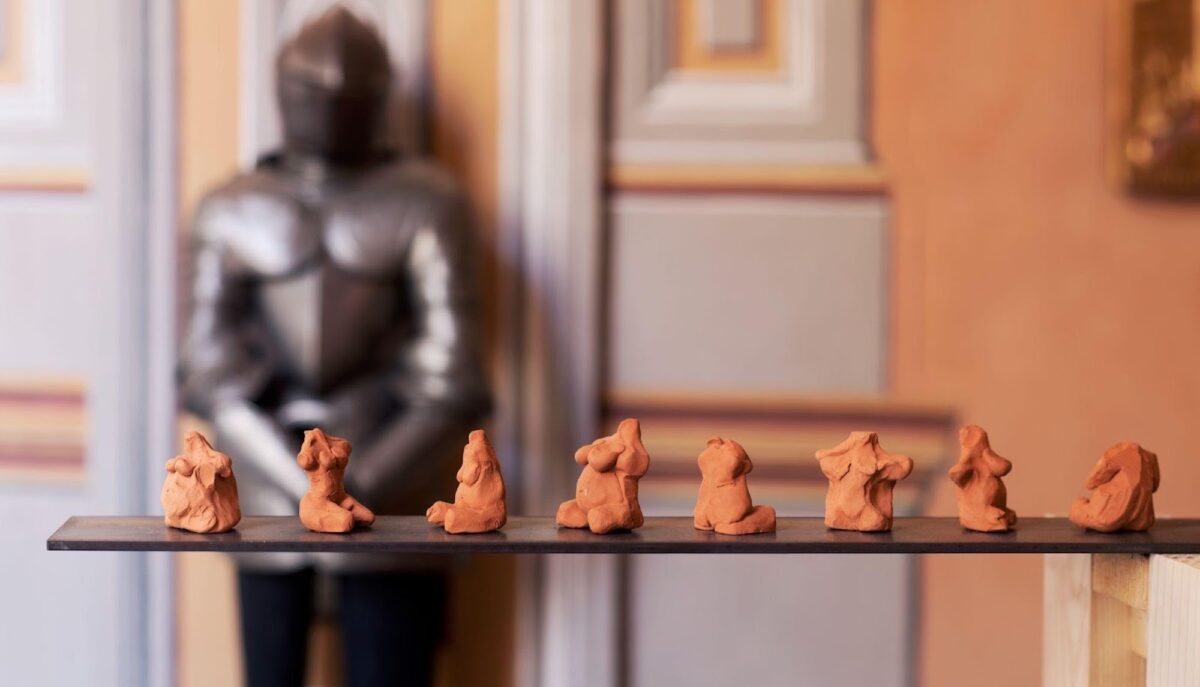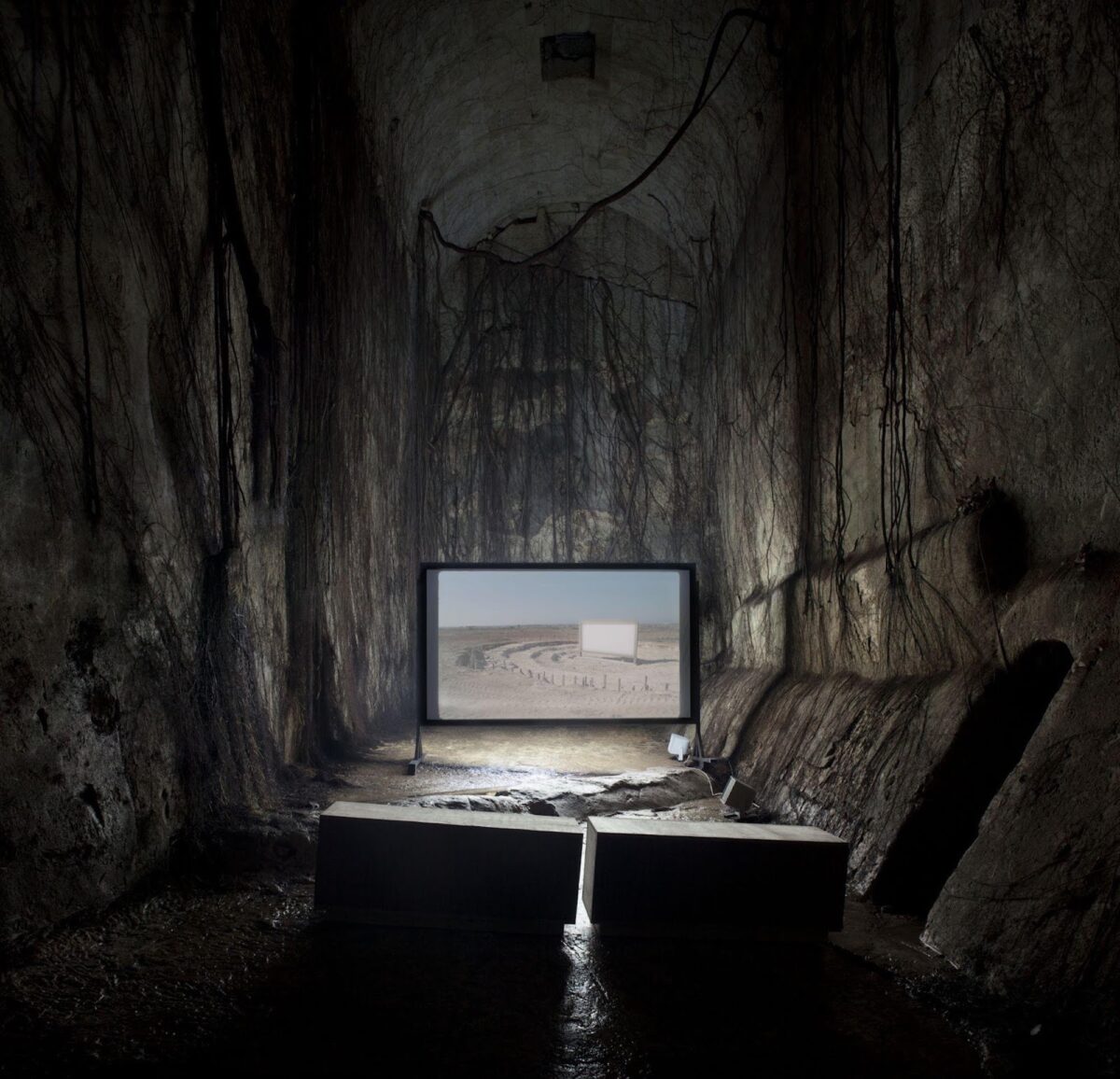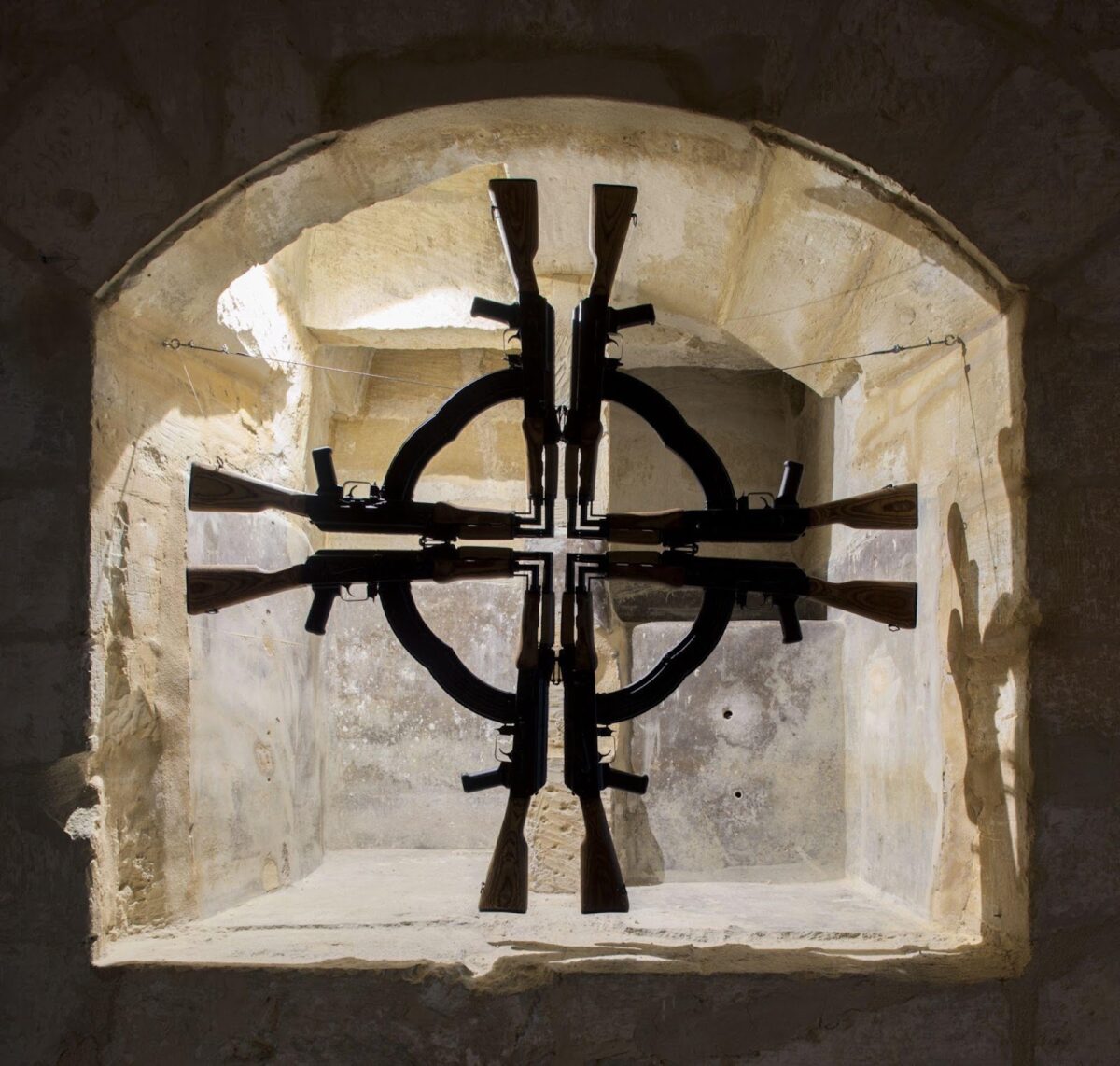
The island of Malta has launched its inaugural Biennale, but in a world of hundreds of Biennale’s can this new event make a mark? And most importantly can it make Malta stand out on the busy International art calendar, and drive visitors who come for the history and architecture to engage with its contemporary art scene?
A smart, and I think essential, decision by the Biennale is to work contemporary art into the locations tourists are likely to visit – including the impressive citadel on the island of Gozo, Fort St Elmo and the Grandmaster’s Palace. This decision is likely to drive more foot traffic to see the artworks and even the armoury that had laid unused for several years until now hosting artworks for the Biennale is historically and architecturally interesting enough that it will draw visitors to see both the art and the building itself.

Fittingly the Grandmaster’s Palace is filled with art works primarily by women including Nina Gerada’s line of mini female torsos (pictured above) that reference Neolithic Maltese statuettes that were thought to be self-portraits made during pregnancy. Another highlight is Bettina Hutscheks research based work that looks at the symbolism of women and snakes and how it’s been changed through history from them both being celebrated in the past, to the expulsion from the Garden of Eden, right through to Taylor Swift being compared to a snake.
Putting women at the forefront, to recognise their under-recognition in art history, is rightly being done in many a Biennale but to have it the grandmaster’s palace – a building with a history of patriarchal supremacy – gives it that welcome extra edge.
This concept of art being inspired by its surroundings applies to a performance in a hall of the old docks, a film playing in a vast underground chamber (Rosa Barba’s film – above), an interactive sound piece in old grain silos, or a sunset performance in a meadow of wildflowers by the ruins of ancient temples – every location is full of astonishing history and architecture. It means that even works that may not grab you if performed in a less impressive space, are elevated by their surroundings.

Alongside feminism, the important topics of migration and colonialism are also prominent in the Biennale. While these topics are understandably hot topics in the wider art world it feels particularly relevant here given Malta’s own history of colonialism – red British phone boxes can be seen everywhere – and the fact that the Maltese culture and language are a mixture of influences from Europe and the Arab / North African world.
Maltese artist Austin Camilleri asked for a statue of Queen Victoria to be temporarily removed and replaced by his replica of her chair with nobody sitting upon it. The correspondence that sets out that his permission was refused is exhibited nearby, but they did allow him to place his chair on a plinth in front of the Queen’s statue as a compromise (above). It’s reflective of Malta’s own active re-considerations of colonialism given it’s a rare country that invited the British to come in the 1800s, so they could expel the French rulers at that time.

Another overtly political work comes from American artist Mel Chin who has created a cross out of old AK-47s (below) to unsubtly reference how religion has been used to justify violence, which is particularly apt for Malta given much of its history is tied to the Knights of the Order of Saint John who were formed from those who participated in the First Crusade. He has also referenced contemporary wars by placing a representation of a Palestinian baby beneath the outline of the missile that likely killed him.
It’s a vast Biennale that can be seen over several days across multiple venues, including some that have been newly opened for the event. While not every work manages to strike a chord and the Biennale feels far too short at just over two months long, the hosting of artworks among Malta’s phenomenal history and architecture is a winning formula.
I left Malta thinking it’s a beautiful country that’s been crying out for an injection of contemporary art. The Malta Biennale is an impressive debut, and hopefully, it’s the first of many more to come.
Malta Biennale 2024 is on at various locations across Malta until 31st May.
Tickets for access to all the sites are 35 Euros for five days and visitors can buy tickets to only access works at single sites for much lower rates.
All photos are © Julian Vassallo




